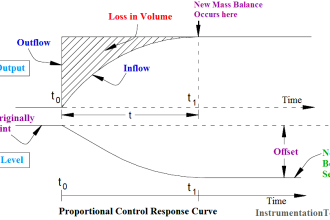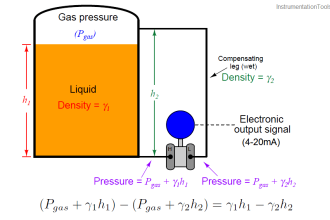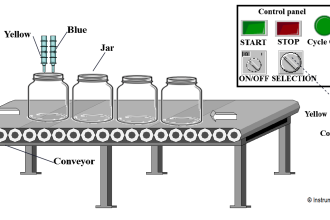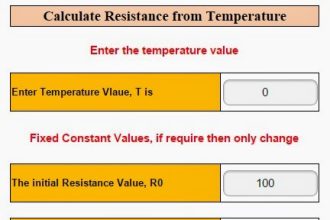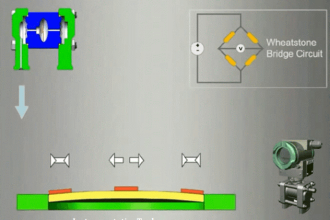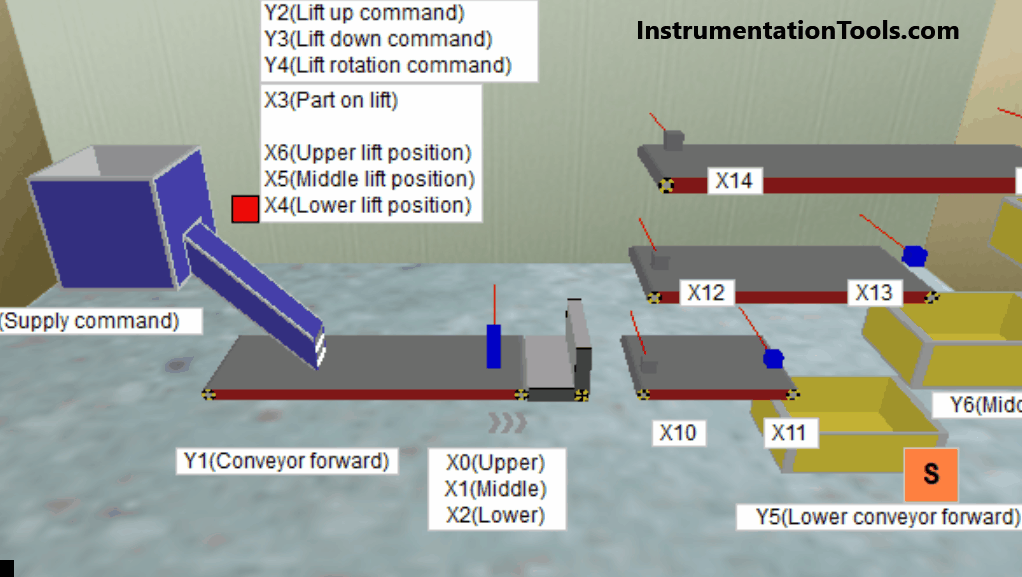Thermal Conductivity Analyzers Questions & Answers
1. Thermal conductivity analyzers cannot be used in which of the following measurements?
a) Hydrogen in blast furnace gases
b) Determination of argon in oxygen in the process of air decomposition
c) Sulphur dioxide in roasting gases in production of sulphuric acid
d) Oxygen from a mixture of oxygen and nitrogen
Answer: d
Explanation: Thermal conductivity analyzers cannot be used in analysing oxygen from a mixture of oxygen and nitrogen. This is because the thermal conductivity of oxygen and nitrogen is almost the same.
2. In which of the following conditions can thermal conductivity analyzer be used for multi-component mixtures?
a) When all the components have same thermal conductivities
b) When all the components have very different thermal conductivities
c) When all but one component have same thermal conductivities
d) When all components have very different thermal conductivities except two of them which are the same
Answer: c
Explanation: When all but one component have same thermal conductivities, thermal conductivity analyzer can be used for multi-component mixtures. The mixture is then treated as a binary mixture.
3. Which among the following elements has the highest thermal conductivity?
a) Nitrogen
b) Oxygen
c) Hydrogen
d) Chlorine
Answer: c
Explanation: Hydrogen has the highest thermal conductivity. Chlorine has the lowest thermal conductivity in the list.
4. Which of the following materials are generally not used for the construction of filaments in thermal conductivity analyzers?
a) Tungsten
b) Gold
c) Platinum
d) Kovar
Answer: b
Explanation: Gold is generally not used for the construction of filaments in thermal conductivity analyzers. The materials used have high temperature-coefficient of resistance.
5. Thermistors have positive temperature-coefficient of resistance.
a) True
b) False
Answer: b
Explanation: Thermistors have negative temperature-coefficient of resistance. RTDs have positive temperature-coefficient of resistance.
6. Which of the following is not the characteristic of thermistors used in thermal conductivity analyzers?
a) High negative temperature co-efficient of resistance
b) Slow response
c) Extremely sensitive
d) Low cost
Answer: b
Explanation: Thermistors have fast response. They are arranged as heat sensing elements in Wheatstone bridge.
7. How can high speed of response be obtained in thermal conductivity analyzers?
a) By increasing the pressure of gas surrounding the filaments
b) By reducing the pressure of gas surrounding the filaments
c) By reducing the temperature of gas surrounding the filaments
d) By increasing the temperature of gas surrounding the filaments
Answer: b
Explanation: High speed of response be obtained in thermal conductivity analyzers by reducing the pressure of gas surrounding the filaments. It is reduced to few millimetres of mercury absolute.
8. Which of the following bridges are used in thermal conductivity analyzers?
a) Wheatstone bridge
b) Kelvin’s bridge
c) Anderson’s bridge
d) Schering’s bridge
Answer: a
Explanation: Wheatstone bridge is generally used in thermal conductivity analyzers. Themistors or hot-wires can be used as filament.
9. Which of the following is generally used as indicators in bridges in thermal conductivity analyzers?
a) Voltmeter
b) Ammeter
c) Galvanometer
d) Wattmeter
Answer: c
Explanation: Galvanometer is generally used as indicator in bridges in thermal conductivity analyzers. The galvanometer reading is a measure of the thermal conductivity of the gas.
10. Changes in composition of gas stream give rise to changes in thermal conductivity of the gas stream.
a) True
b) False
Answer: a
Explanation: Changes in composition of gas stream give rise to changes in thermal conductivity of the gas stream. This principle is used in thermal conductivity analyzers.






